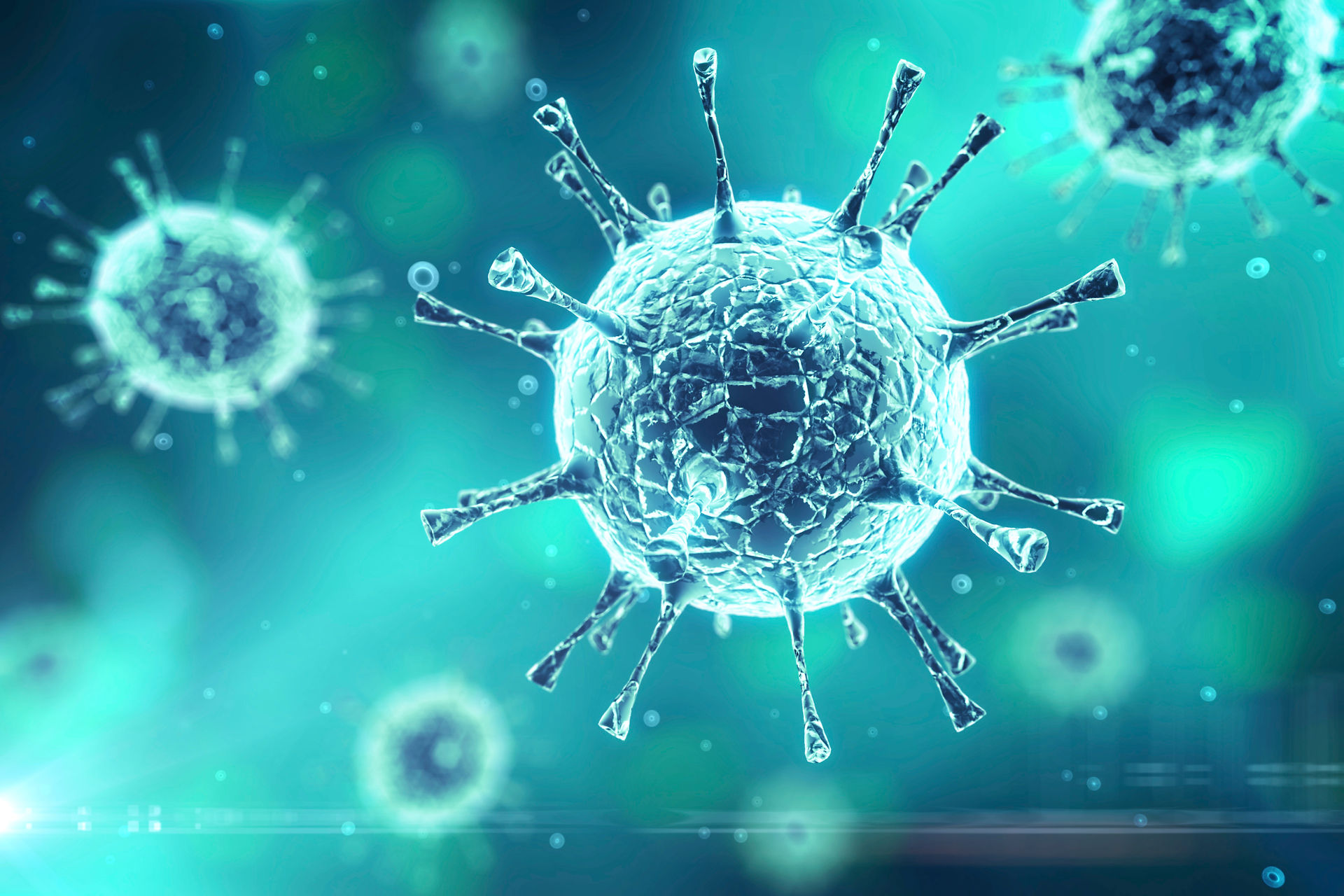



Scientists at the J. Craig Venter Institute create the first synthetic genome. These scientists created the largest man-made DNA structure by synthesizing and assembling the 582,970 base pair genome of a bacterium, Mycoplasma genitalium, in line with their ultimate goal of creating a fully synthetic organism. This set the stage for the complete “reprogramming” of an organism with synthetic DNA (1.10).
Stanford bioengineers create a biosynthetic pathway consisting of genes from several different organisms, including opium poppy, California poppy, bacteria and rat. They have inserted it into yeast to produce morphine from sugar. Such a feat is comparable to the production of artemisinin in 2013 (1.15)
2015
Scientists build the first synthetic virus using using the genome sequence for polio. To prove its effectiveness, the virus was injected into mice that were later paralyzed and died (1.8).
1828
The Woehler Synthesis is developed. In an attempt to synthesize ammonium cyanate, German scientist Friedrich Woehler accidentally “created” urea. It allowed for the possibility of living things to be created, from nonliving components (1.1)
1955
UC Berkeley professors Robley Williams and Heinz Fraenkel-Conrat demonstrated that the tobacco mosaic virus could be separated into its coat protein and RNA. In this case, neither component was active alone, but when combined, they formed a deadly virus. This paved the way for the creation of viruses using inactive components, and further led to scientists willing to discover how to attempt the reassembly of more complex systems (1.3).
2002
2008
2010
Genomics researchers led by Craig Venter announced the design of the first synthetic cell: Mycoplasma mycoides JCVI-syn1.0. This reproducible cell opened the door to the manipulation of life on a previously unattainable scale. Essentially, the newfound ability to create a whole organism gave a whole new perspective to scientists’ power over life (1.11)
2012
Stanford researchers complete a computer model of Mycoplasma genitalium, the world's smallest free-living bacterium.This whole-cell computational model of the pathogen’s life cycle takes into account all components and interactions of the bacterium (1.12).
2013
UC Berkeley professor Jay Keasling’s research contributes to a partially synthetic version of artemisinin, a chemical critical to making a prominent anti-malarial drug. Using the tools of synthetic biology, Keasling and his team programmed yeast cells to secrete artemisinic acid (1.13).
2014
Synthetic DNA base pairs are replicated inside living bacteria. Scripps Research Institute scientists introduce a synthetic base pair to E. Coli, greatly expanding the information DNA is able encode. The DNA of the new semi-synthetic microbe has extra base pairs, denoted by X and Y, which pair up together like the other base pairs and are fully integrated into the rest of the DNA’s genetic code. DNA containing the innovative base pair can replicate within the bacteria. Such work advances the goal of creating cells with synthetic DNA elements that can produce proteins made with a set expanding beyond the 20 known amino acids (1.14)
2004
The first international conference in the field, Synthetic Biology 1.0, was hosted by the Massachusetts Institute of Technology (MIT). It brought together scientists and researchers who were willing to “design and build biological parts, devices and integrated biological systems, develop technologies that enable such work, and place this scientific and engineering research within its current and future social context.” The first iGEM competition is also held at MIT (1.9).














(P1.2)
(P1.3)
(P1.5)
(P1.6)
(P1.7)
(P1.8)
(P1.9)
(P1.11)
(P1.12)
(P1.15)
(P1.13)
(P1.14)
1961
Francois Jacob and Jacques Monod issue a landmark publication in the field of synthetic biology: “Teleonomic Mechanisms in Cellular Metabolism, Growth, and Differentiation.” In this journal, the first control system for enzyme production worked out at the molecular level described the control of enzymes that are produced in response to the presence of the sugar lactose in E. coli. Conclusions from their study of the lac operon in E. coli led them to pose the existence of regulatory circuits that support a cell’s response to its environment. This ignited the possibility that new regulatory systems could be assembled from molecular (biological) components (1.4).
1912
Biologist and Physician Stephane Leduc first coins the term “synthetic biology” in his book, La Biologie Synthétique. The book outlines Leduc’s desire to replicate a living component of life, but not through the typical scientific method of observation of analysis. Leduc believed science can only develop to its fullest extent through a synthetic method that attempts to reproduce observed phenomena in a rule-governed and reproducible manner. Leduc wondered, “Why is it less acceptable to seek how to make a cell than how to make a molecule?” (1.2)

(P1.1)
1978
Waclaw Szybalski and Anna Skalka wrote in a Gene journal editorial: “the work on restriction nucleases not only permits us easily to construct recombinant DNA molecules and to analyze individual genes but also has led us into the new era of ‘synthetic biology’ where not only existing genes are described and analyzed but also new gene arrangements can be constructed and evaluated.” As a result, they identified the role of recombinant DNA techniques in a new field of science capable of constructing new sets of DNA (1.5).
2000
The first synthetic circuit is created by Timothy S. Gardner, Charles R. Cantor and James J. Collins. The “construction of a genetic toggle switch in Escherichia coli” was published in Nature. The proposed switch is flipped between stable states using transient chemical or thermal induction and exhibits a nearly ideal switching threshold. It is turned on by increasing temperature, and turned off by adding IPTG. As a practical device, the toggle switch forms a synthetic, addressable cellular memory unit and has implications for biotechnology, biocomputing and gene therapy (1.6).
The first cell–cell communication circuit based on quorum sensing is created. In the process called quorum sensing, groups of bacteria communicate with one another to coordinate their behavior and function like a multicellular organism (1.7).